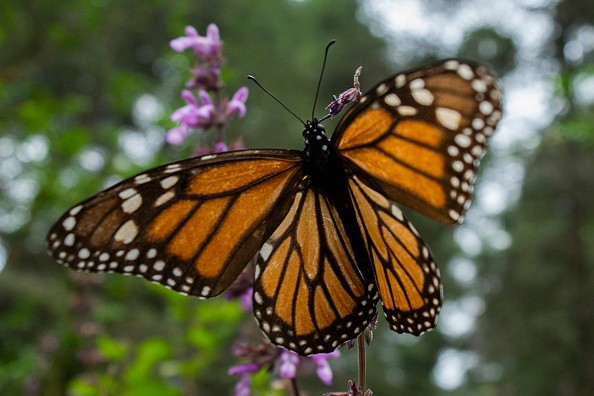Insects have been studied in over 900 locations throughout the world in a new meta-study that examines long-term data.
The observed changes in the number of a group of insects in the same location reveal relatively little about other insect species. Different insect groups may show almost the same trends in one location, but completely different trends in another.

Studying Long-term Data on Insects from Different Locations
Researchers from the German Center for Integrative Biodiversity Research, the Martin Luther University Halle-Wittenberg, the Friedrich Schiller University Jena, and the Helmholtz Centre for Environmental Research were involved in the study published in Biology Letters.
It reveals the need to monitor multiple groups of species at the same time in order to create conservation policies with guidance.
In 2017, scientists reported the loss of seventy-five percent of the flying insect biomass from West German nature reserves over 30 years, bringing the drop in insect populations to the attention of the world, as per Phys.org.
When this happened, it was clear to everyone that there were far fewer bugs around than there had previously been. More than a hundred prominent articles about insect decrease have appeared since, based on an explosion of studies from over the world, often indicating substantial declines.
An international team of researchers, led by iDiv, MLU, University of Jena and the UFZ, has been compiling and evaluating data on insect abundances over several years, beginning in 2018. iDiv and MLU postdoctoral researcher Dr. Roel van Klink heads this group.
Also Read : Parasite Wasp: The Wasp Family's Scariest Member
Challenges Faced While Monitoring Insects
According to van Klink, the fact that such degradation occurred right under observers' noses, yet no one observed that this phenomenon is occurring in numerous places, is pretty disturbing. According to van Klink, this demonstrates exactly how critical it is to keep an eye on the surroundings.
Due to their small size and tremendous diversity, it is difficult to monitor insects. There are around 30,000 different types of insects only in Germany, according to Assam Press.
Most monitoring programs only analyze one insect group, but no one has investigated if the status of the species under investigation tells anything about the well-being of other insects, says Dr. Diana Bowler, the research's second author.
There was a lack of evidence for indicator species in van Klink and colleagues' studies. The populations of several species revealed varying patterns. According to van Klink, trends of beetles and butterflies were the most similar, often increasing or falling together.
However, the relationship between the two was still poor. Aside from other groups of species, however, grasshoppers are left to their own devices, with their abundances over time unrelated to those of other groups.
Research Findings
© 2026 NatureWorldNews.com All rights reserved. Do not reproduce without permission.





